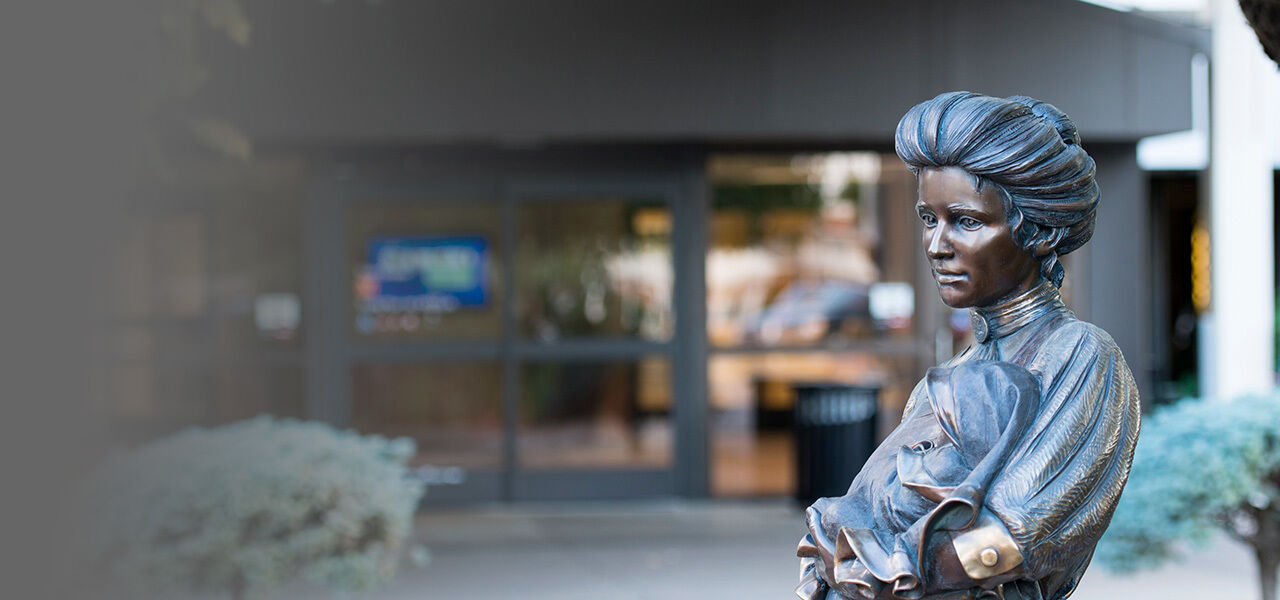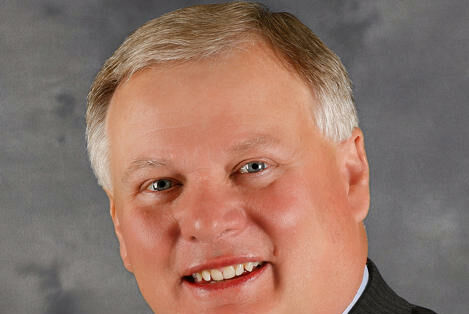

Common Sleep Disorders
Snoring
Snoring is NEVER normal. Snoring is a noise produced primarily when a person breaths in during sleep and due to an obstruction in the nose or throat, a vibration is created. This obstruction may be great enough to decrease airflow and lower oxygenation levels in the blood leading to compromises of all body systems.
Sleep Apnea
During sleep, muscles within the body relax. This holds true for muscles in the throat area as well, leading to a slight narrowing of the throat. For most people this is not a problem. However, in people with sleep apnea this narrowing causes breathing to become difficult, resulting in the brain waking and signaling the throat muscles to become active again opening the airway. Once the airway is open, the person can go back to sleep, causing the cycle to repeat itself. Symptoms of sleep apnea include excessive daytime sleepiness, snoring, high blood pressure, memory loss and morning headaches.
PLMD
Also known as Periodic Limb Movement Disorder or nocturnal myoclonus. This disorder is distinguished by periodic, repetitive and highly stereotyped limb movements occurring through out sleep causing sleep disturbances.
Nightmares
Nightmares are frightening dreams that can later be recalled and may occur at any age. These occur when a person enters REM or dream sleep.
Night Terrors
Night terrors occur as a partial awakening during delta sleep (or stage 3). The person has a strong feeling of terror or dread. The person may scream or cry during the night terror. Upon waking in the morning, the person usually does not recall the event. Night terrors are considered normal in children.
Insomnia
Insomnia is the inability to fall asleep. Insomnia is not a diagnosis but rather a symptom of a psychological condition (such as depression or stress), an environmental condition (noise), or physiological condition (chronic breathing disorder or temporary pain). Misuse of sleeping pills can also lead to insomnia.
Narcolepsy
Narcolepsy is a disorder of unknown causes characterized by excessive sleepiness and is typically associated with cataplexy (fainting preceded by strong emotions) and other REM sleep phenomena such as sleep paralysis or hypnogogic hallucinations (seeing or feeling things in your sleep that appear to be real while you are sleeping).
For further information on these sleep disorders or others please visit the National Sleep Foundation's website at sleepfoundation.org.





